L’Alocasia zebrina is a broad-leaved tropical plant that belongs to the family of Araceaetype Alocasia. The genre Alocasia comprehends over 70 species of herbaceous plantsnative to tropical and subtropical regions of Asia and Oceania. In our latitudes they are plants widely cultivated as house ornamentals and are known as elephant ears, due to the particular shape of the large leaves. It is probably the most sought after and expensive houseplant, being highly appreciated for its beauty and elegance. Furthermore, it is relatively easy to grow, although it does require some specific care such as adequate light, humidity and proper water management.
In this article we see everything there is to know to take care of a plant of Alocasia zebrina home grown.
How did theAlocasia zebrina?
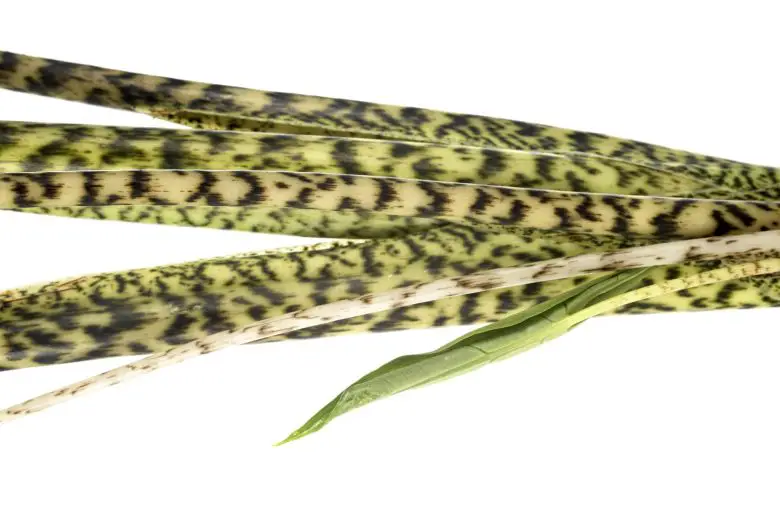
L’Alocasia zebrina It is a perennial herbaceous plant, which can reach a height of about 1m, with an elegant upright habit which makes it a popular choice for interior decoration and the landscaping of green spaces.
It has an underground rhizome, from which the leaves develop, and an erect stem that supports the inflorescences.
The leaves are the characteristic trait of the plant. They are large and heart-shaped, or elephant ears if you like. They have a broad base and a pointed tip. The color is glossy dark green with evident veins that further enhance the shape.
The leaves are carried by a long petiole that comes to life from the rhizome and this is the element that gives the plant its name. The petiole is in fact zebra-striped, with a dark zigzag-shaped design that recalls, precisely, the coat of a zebra. These streaks of the leaf are very evident and create a unique ornamental effect with a great visual impact.
The plant also produces very particular flowers that rise on an inflorescence that develops from a stem that branches off from the center of the plant. The flowers are gathered in a cup-shaped, pale green spathe, with a fleshy, creamy-white inflorescence emerging from the spathe itself.
Where to place theAlocasia zebrina?
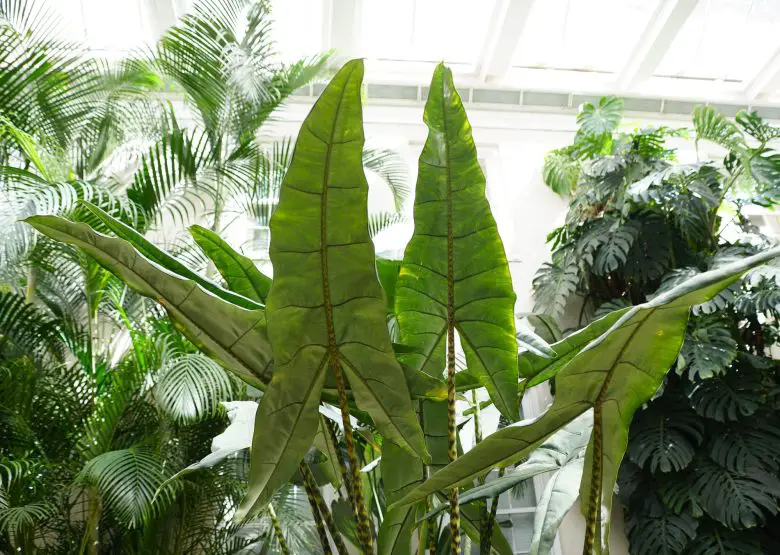
L’Alocasia zebrina it is a plant that can be grown indoors, but it needs some specific climatic conditions to grow properly.
The plant prefers diffused light or partial shade, so avoid placing it in strong direct sunlight. In fact, the leaves can get burned if they are exposed to direct sun for too long. Elephant ears can therefore be placed near windows that receive indirect light or in bright rooms.
As for the ideal temperature for them to grow healthy, this is between 18 °C and 25 °C, therefore avoid placing them in places that are too cold or too hot, such as near windows overlooking very exposed environments or near sources of heat such as radiators.
This alocasia also likes high ambient humidity, similar to that of the rainforests from which it comes. One solution may be to place a humidifier in the room where it is grown.
What is the ideal land to grow themto potted?
L’Alocasia zebrina it grows best in light, well-drained soil with a good supply of organic matter.
The soil must be soft and well ventilated, in order to allow the rhizomatous roots to breathe and grow without difficulty. The soil must also have good drainage, in order to avoid water stagnation which could cause the rhizome to rot. The organic matter can be added to the substrate as a bottom fertiliser.
So, specifically, for the cultivation of elephant ears in pots you can use a substrate mix composed of: soil for green plants, perlite to improve drainage, organic matter such as earthworm humus or compost for fertilization.
When do you repot the elephant ear plant?
As for repotting, theAlocasia zebrina it should be repotted every 1-2 years, preferably in early spring. When repotting, it is advisable to choose a slightly larger container than the previous one, in order to allow the plant to grow further. It is important to avoid repotting the plant in a container that is too large, as this could cause waterlogging and damage the roots.
How does an elephant ear plant multiply?
L’Alocasia zebrina can be multiplied in several ways.
The first method is that of dividing the rhizomes, the most common multiplication technique. You can divide the rhizome of the mother plant into several parts, making sure that each part has at least one root and some shoots. The divided parts can then be planted in separate pots, following the same indications for the cultivation of the mother plant. This operation can be done by taking advantage of the moment of repotting.
Other technique is that of cutting, taking cuttings from the mother plant, or leaves. It is recommended to immerse the base of the cutting in a natural rooting hormone and plant it in moist, well-drained soil. Him put the cutting in a bright place, but not exposed to direct sunlight. After a few weeks, the cutting should root and start growing.
How to water theAlocasia zebrina?
The amount of water required forAlocasia zebrina it depends on several factors, such as the size of the plant, the size of the pot, the type of soil, the temperature and humidity of the environment.
In general, elephant ears prefer moist soil, but not too wet. It is advisable to water the plant when the soil begins to dry out on the surface, but without leaving it completely dry. A good way to check if the plant needs water is to stick a finger into the soil up to about 3-4 centimeters deep: if the soil is moist, it is not necessary to water it, if it is dry, then it is time to water.
In summer, when temperatures are higher and humidity is lower, the plant may require more frequent watering than in winter. However, it is important to avoid overwatering the plant, as waterlogging could cause root rot and plant death.
In any case, it is advisable to water the plant with water at room temperature, avoiding wetting the leaves and leaving the water in the saucer.
How can you polish the leaves of theAlocasia zebrina?
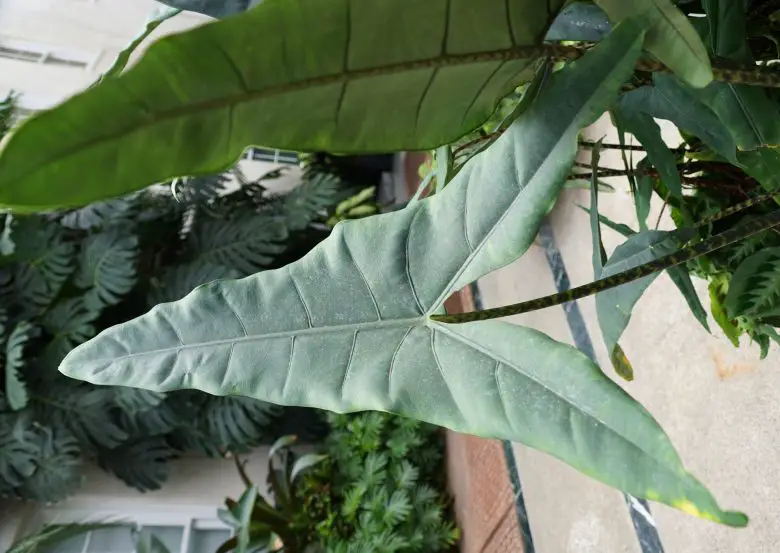
The leaves of theAlocasia zebrina they are naturally covered with a waxy patina which makes them shiny and protected from bad weather. However, if you want to revive the shine of the leaves, you can act by moistening a cotton cloth with water and gently pass it over the leaves. If you want even more shine you can use a cloth soaked in a little coconut oil, which will nourish the leaves and make them shinier.
It is important to remember to clean the elephant ears leaves very gently, avoiding damaging the most delicate parts of the plant. Furthermore, it is essential to avoid using aggressive chemicals or abrasive cleaners, which could inevitably damage it.
Because the leaves of theAlocasia zebrina do they turn yellow and die?
The leaves of theAlocasia zebrina they can turn yellow and die for several reasons. The most common is the excess of water, in fact if the plant is watered too frequently or the soil is not sufficiently drained, the roots could rot and the plant could suffer from a fungal disease that causes yellowing of the leaves. Conversely, if the plant is watered too little or the soil is too dry, the leaves can turn yellow and dry.
Another problem is that of insufficient or excessive light. L’Alocasia zebrina it requires a good amount of light, but does not tolerate direct sunlight. If the plant receives too much or too little light, the leaves may turn yellow and fall off.
Also beware of sudden changes in temperature. The plant prefers stable temperatures and high humidity. If the plant is exposed to sudden changes in temperature or too dry an environment, the leaves may turn yellow and die.
What are the parasites that attack theAlocasia zebrina?
L’Alocasia zebrina can be attacked by several parasites, including:
- red spider mite: microscopic insects that suck the sap of the leaves of the plant, causing yellow or white spots and deformation of the leaves. To eradicate the red spider mite it is necessary to maintain a high humidity in the environment and in case of attack, spray fresh water on the leaves;
- aphids: these are small soft-bodied parasites that soil the vegetation causing honeydew, soot and leaf blight. To eliminate aphids from alocasia at the first signs of infestation, intervene with potassium soft soap od neem oil;
- scale insects: these are very aggressive and prolific insects, with different shapes and which feed on the sap of the leaves of the plant, causing yellow, sticky and deformed leaves. Against scale insects it is necessary to deal with mineral white oil at the very first signs of infestation.
In general, to prevent parasitic infestations, it is important to keep the plant in optimal cultivation conditions, for example avoiding excess water, and regularly checking and monitoring their possible presence so as to be able to intervene in a timely manner.

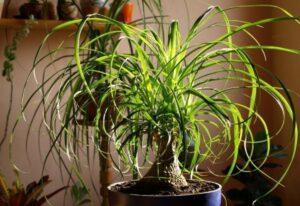
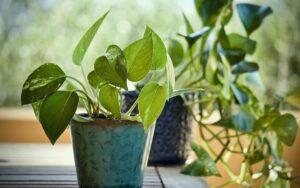
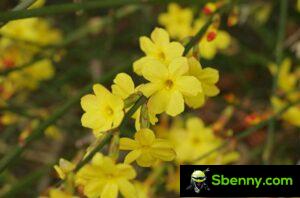
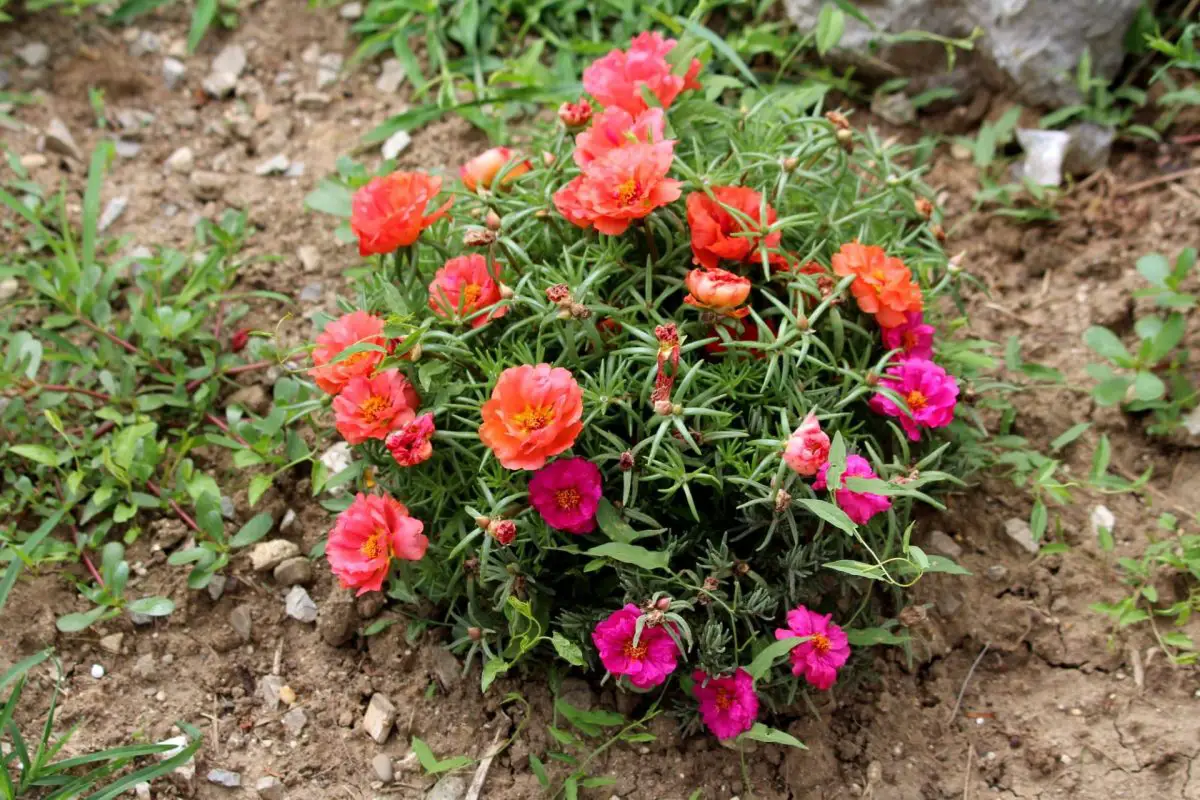
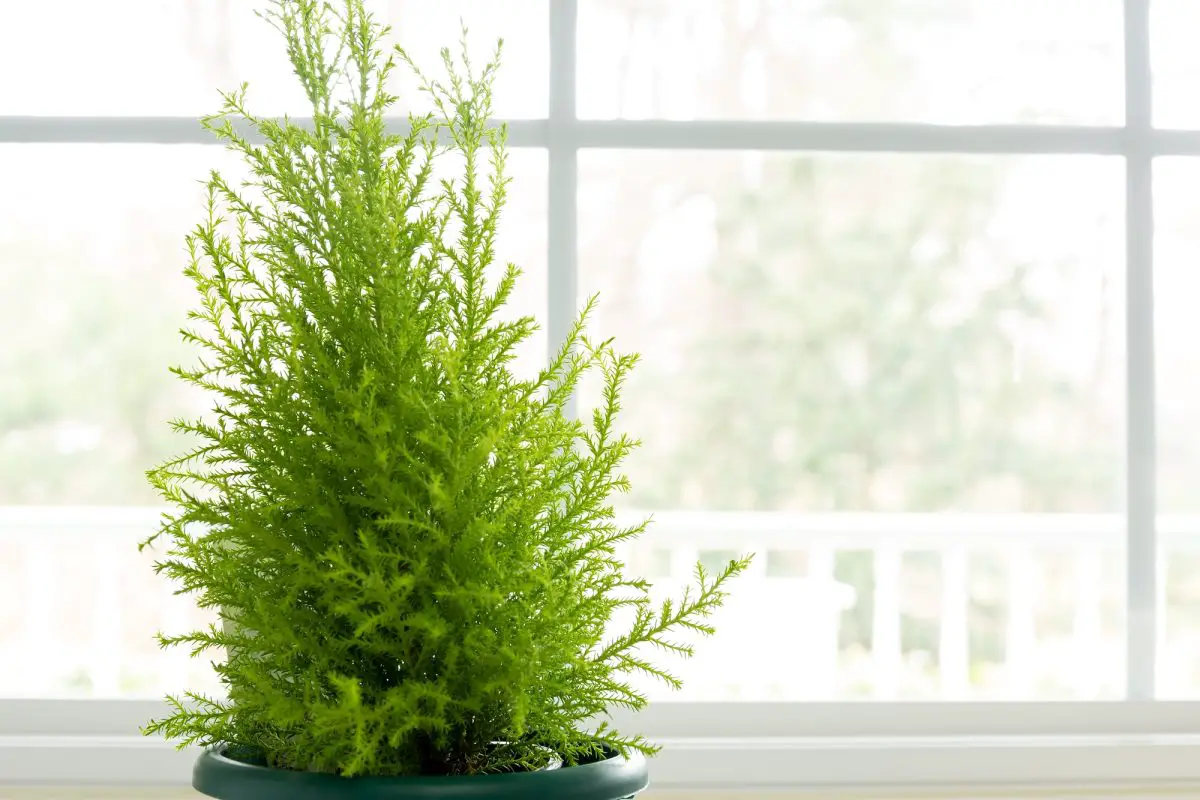
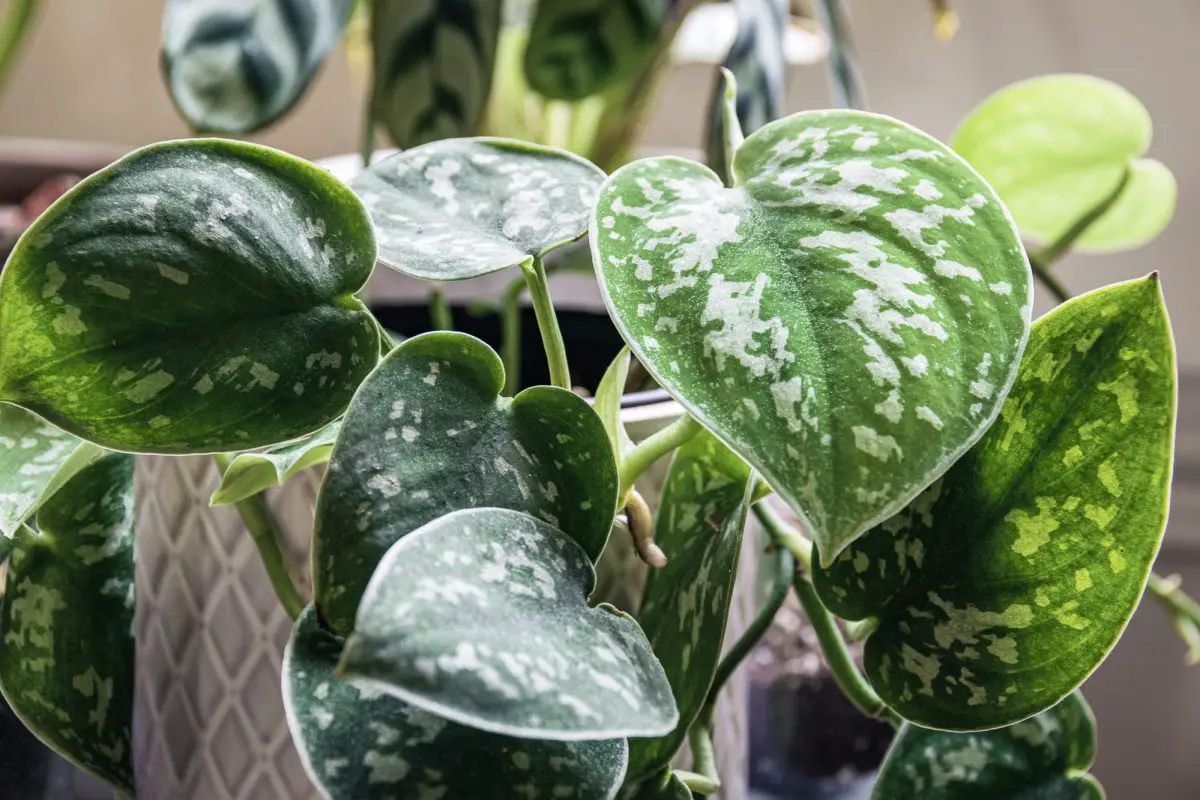
Start a new Thread